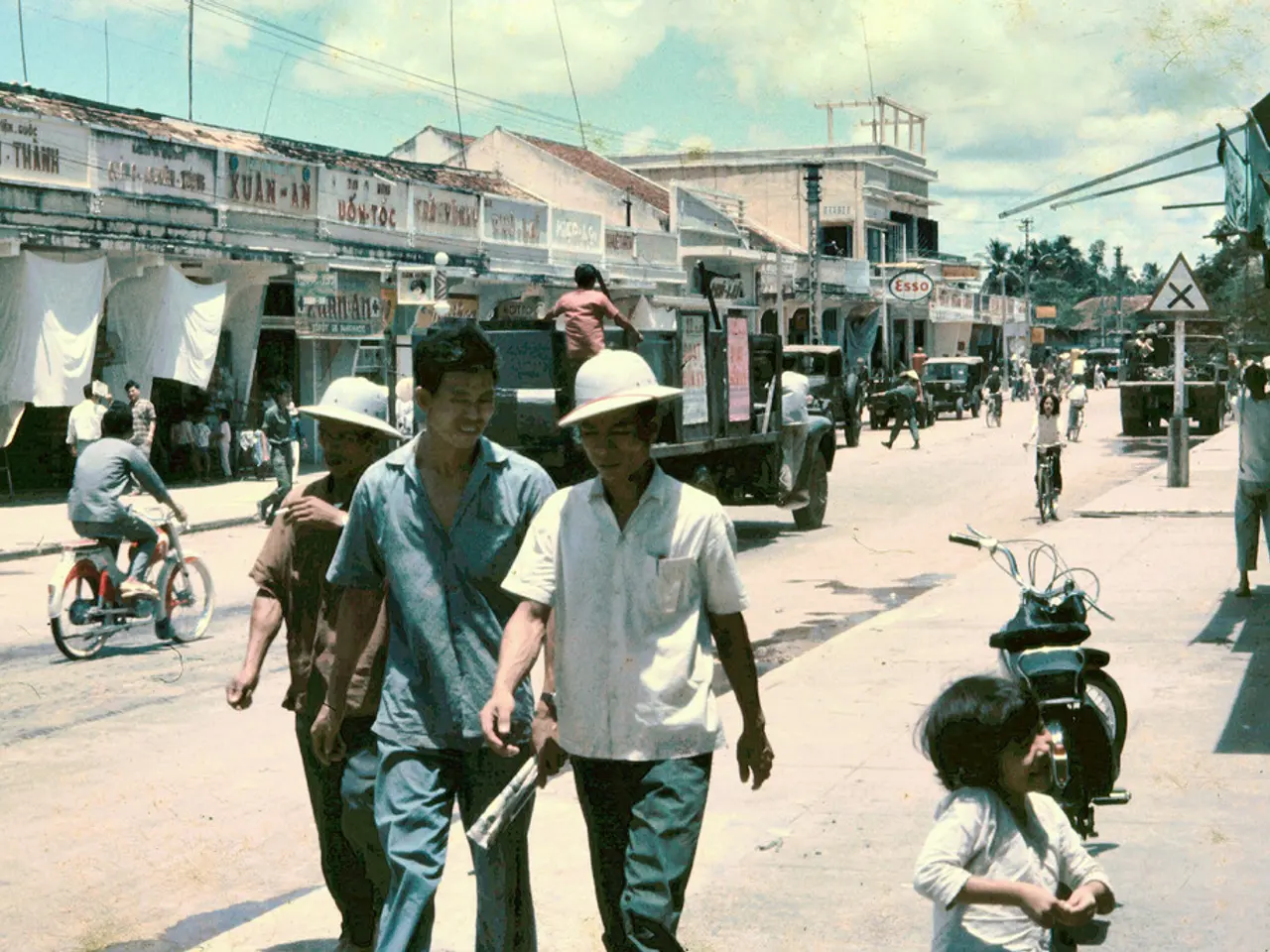Area Boys' Extortion in Lagos Nets NGN 123 Billion Annually
Area boys, notorious for their criminal activities and extortion in Lagos, generate a staggering NGN 123 billion (USD 296 million) annually from commercial transport workers. These gangs, also known as agbèròs, operate under the guise of the National Union of Road Transport Workers (NURTW), bullying workers into handing over at least 50 percent of their income.
The boys' influence is so profound that they contribute a significant 29.4 percent to Lagos State's Internally Generated Revenue (IGR). Their activities extend beyond extortion; they peddle illegal drugs, act as security bouncers, and engage in other forms of extortion, making them a deep-seated problem in Lagos society. The daily extortion from buses alone amounts to NGN 225 million (USD 542,000), with the total daily extortion reaching NGN 337 million (USD 812,000).
Political factors further complicate the issue. Local politicians often benefit from the boys' influence, using them for informal urban control and election mobilization. This alliance makes harsh legal regulation difficult, as the boys are embedded in complex social networks that provide informal security and economic roles. Some politicians even exploit them for personal gain, further reducing the effectiveness of strict enforcement measures.
The boys' activities pose a significant threat to property and safety, with rivalries between different gangs leading to fights and destruction. Many Lagosians have adapted to avoid trouble, but the presence of these gangs remains a pressing issue. Addressing this problem requires a multi-faceted approach that considers the political and social complexities at play.
Read also:
- Surveying the Scene: Legality, Drones, and American Anti-Terror Strategy
- Governor Wes Moore affirms no deployment of the National Guard; White House and FOP issue their responses
- Moldova's Pro-European Party PAS Wins Big in Parliamentary Election
- Two-year-old boy Awaab's tragic demise due to mold sparks change in Britain's housing legislation, Awaab's Law.








